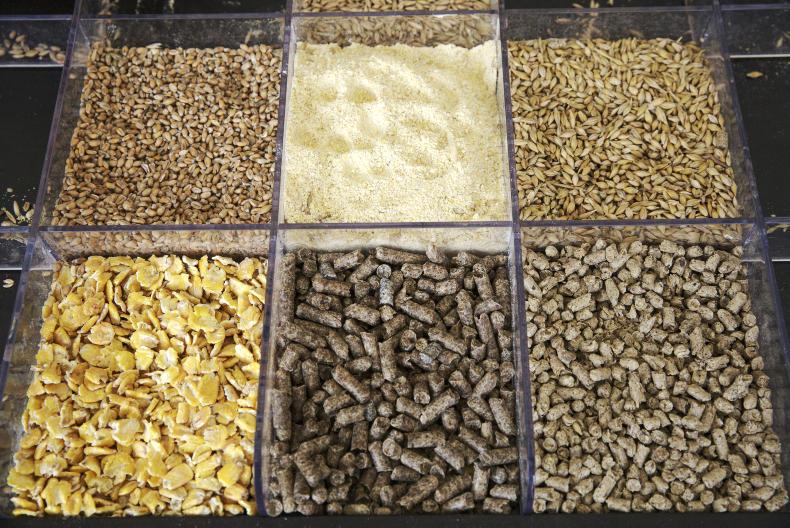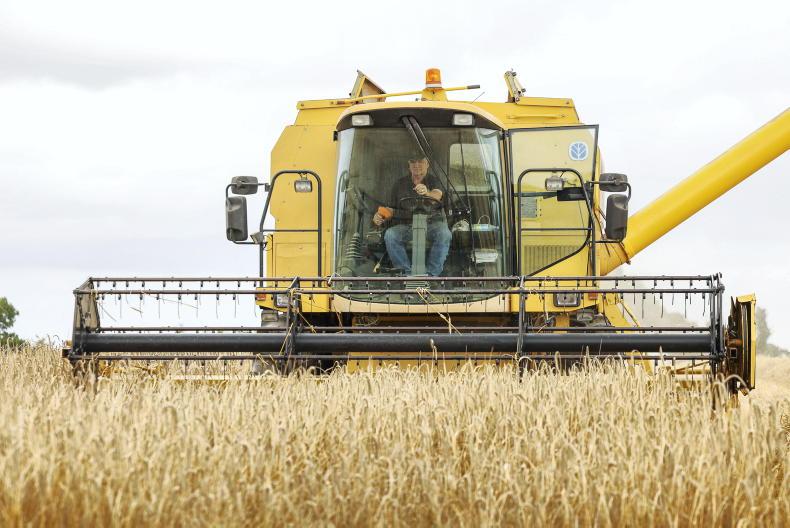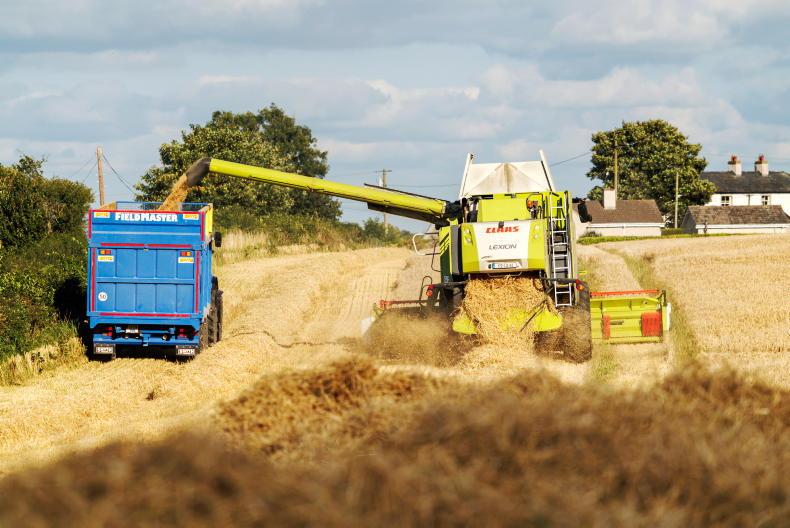Good-quality silage is one of the best feed options we have available to us as livestock producers.
The most common way of valuing a feed ingredient is on a cost per nutrient (energy/protein) basis. While good-quality silage scores well in this regard, things such as maize silage or rolled barley often seem more attractive. However, in many cases silage can be fed as a standalone feed and these ingredients cannot without affecting animal performance, and even health. There is hidden value in this.
Silage has been and remains to be Ireland’s predominant winter feed. Its Achilles heel, like most forages, lies with its energy content. Energy is the biggest limiting nutrient in livestock production.
Unless silage quality is exceptional (77-80% DMD), store cattle will require energy supplementation this winter. This can come in the form of a very simple concentrate (two- or three-way mixture).
 Protein is not an issue for them at this point, unless concentration in silage is particularly low (<12%). Silage with DMD values of 55%, 60%, 65%, 70% and 75% DMD will need 3.0kg, 2.3kg, 1.3kg, 0.7kg and 0.3kg of daily energy supplement respectively.
Protein is not an issue for them at this point, unless concentration in silage is particularly low (<12%). Silage with DMD values of 55%, 60%, 65%, 70% and 75% DMD will need 3.0kg, 2.3kg, 1.3kg, 0.7kg and 0.3kg of daily energy supplement respectively.
At present prices, rolled barley represents the best option in these rations and a barley/hulls or barley/pulp mixture will do just fine. The table values energy concentrate feed options, given current prices for rolled barley and soya bean meal.
While maize meal can be readily bought for €195/t at present, it should not comprise more than 50% of the ration being offered given its dusty nature. Where silage protein percentage comes in below 12%, include a small amount of soya bean meal (100-300g) in the concentrate. Alternatively, look to include maize distillers, gluten or beans up to 30% of the ration.
Offer 100g of a beef mineral to store cattle for peace of mind. Trace elements such as copper and zinc are particularly important for these types of animals. The mineral mix can be bought in a separate bag and simply sprinkled atop silage daily at feeding time.











SHARING OPTIONS